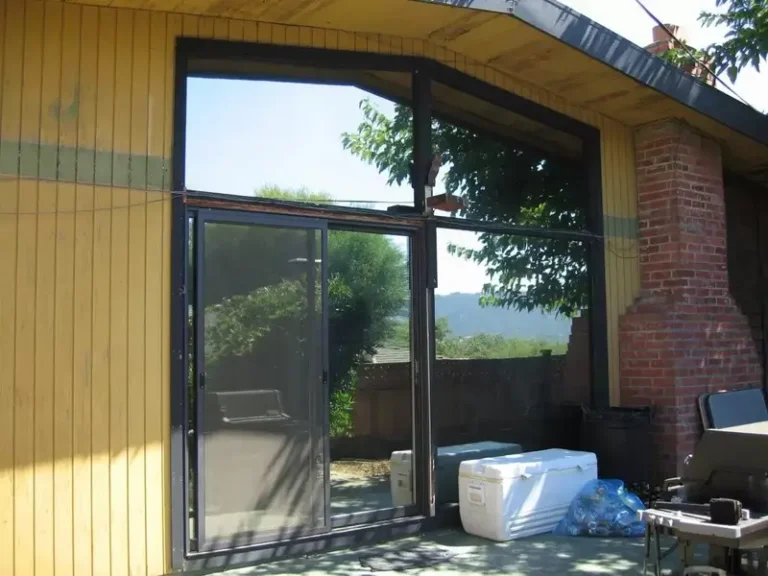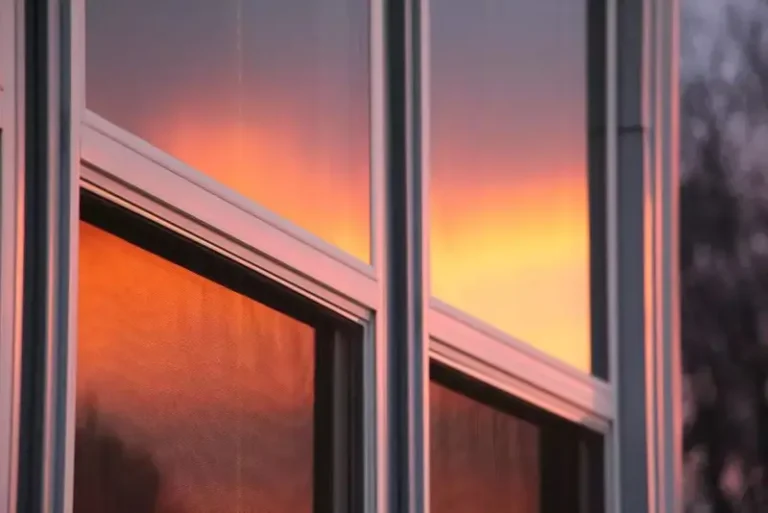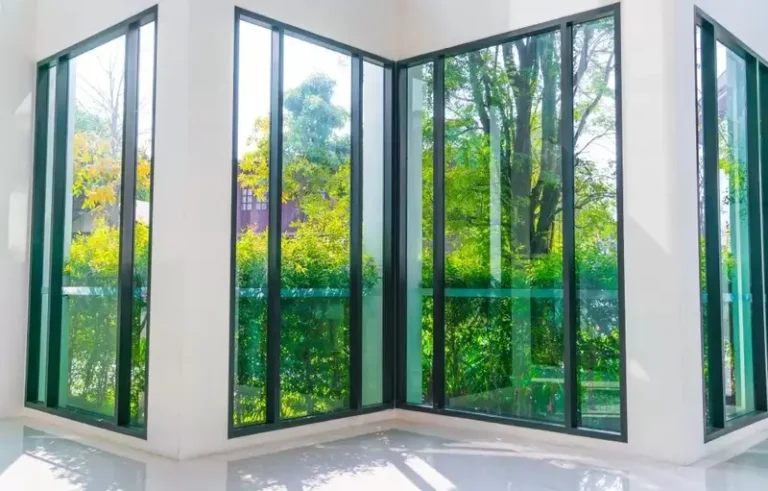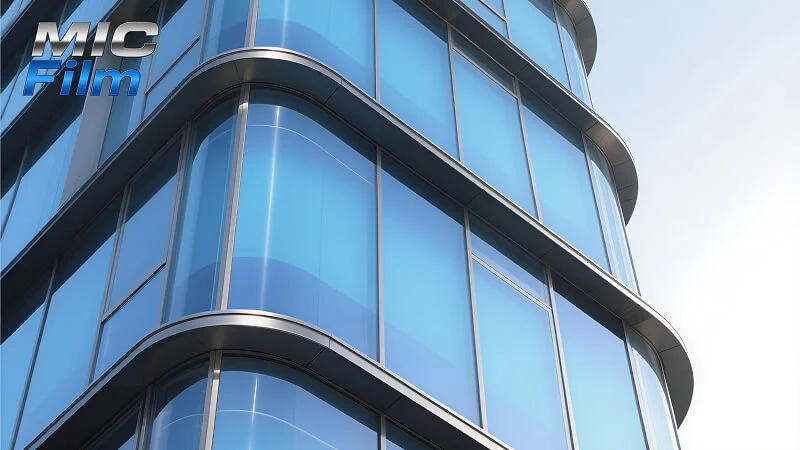Visible Light Transmittance: The percentage of visible light (380-780) passing through the glass/window film composite layer.
Visible Light Reflectivity: The percentage of visible light (380-780) reflected by the glass/window film composite layer
Solar transmittance: The percentage of solar energy passing through the glass/window film composite layer.
UV Blocking Rate: The percentage of UV light (280-400) reflected by the glass/window film composite layer.
Solar Reflectance: The percentage of solar energy reflected by the glass/film composite layer.
Solar Absorption Rate: The percentage of solar energy absorbed by the glass/film composite layer. Absorbed solar energy can be emitted to both sides of the glass/film composite layer simultaneously. The side with higher airflow velocity will emit more energy.
Total solar transmittance: The sum of the solar energy transmitted through the glass/window film composite layer and the absorbed solar energy radiated inward. The unit of measurement for solar transmittance is the amount of heat transmitted per square foot per hour (BTU/hr/ft2, where 1 BTU = 262 calories). The thermal transmittance of clear glass is typically 20 BTU/hr/ft2.
Total Solar Reflectance: A thermal insulation value that is the sum of the solar energy reflected by the glass/window film composite layer and the absorbed solar energy radiated outward.
Shading Coefficient: The total solar transmittance of the glass/window film composite layer relative to the glass.
U-value: The amount of thermal radiation emitted per square foot per hour for each degree of difference in temperature between the inside and outside. Performance requirements vary depending on the application. Generally speaking, the key indicators are visible light transmittance, visible light reflectance, thermal insulation, and ultraviolet blocking.










